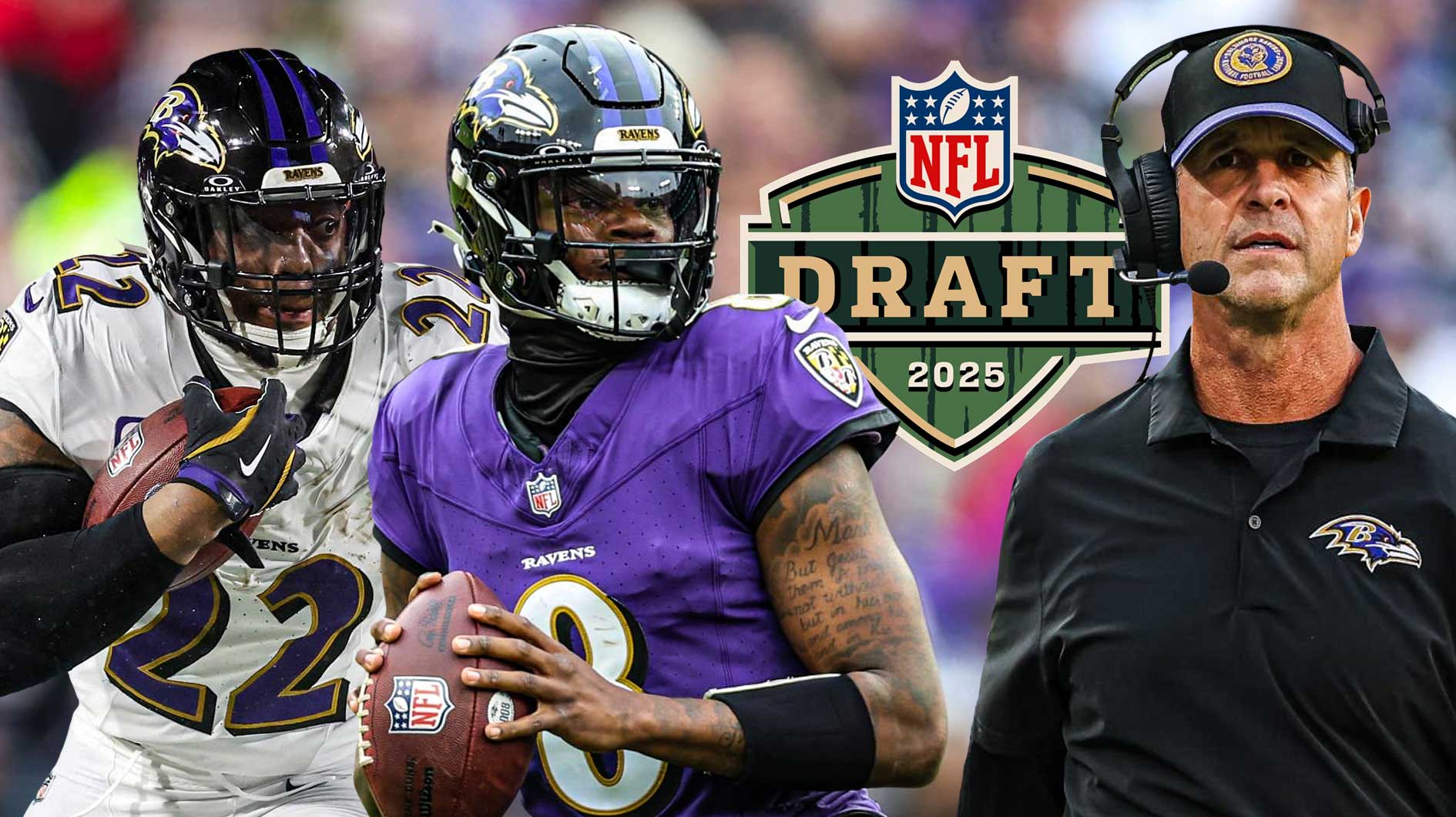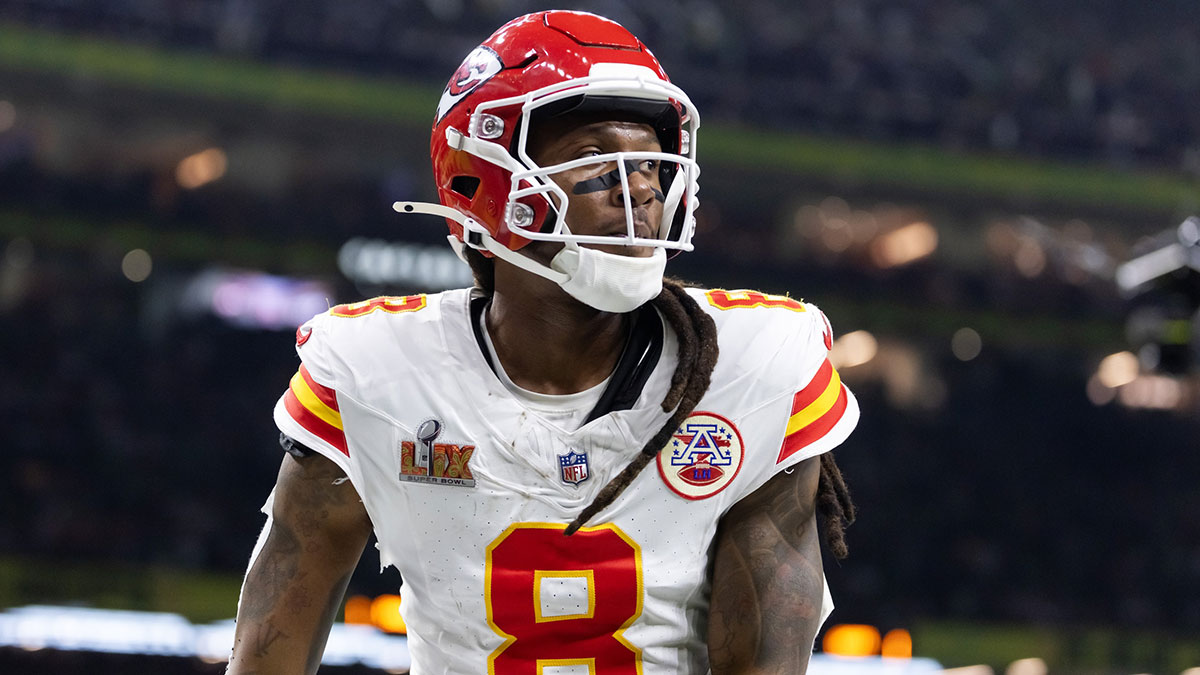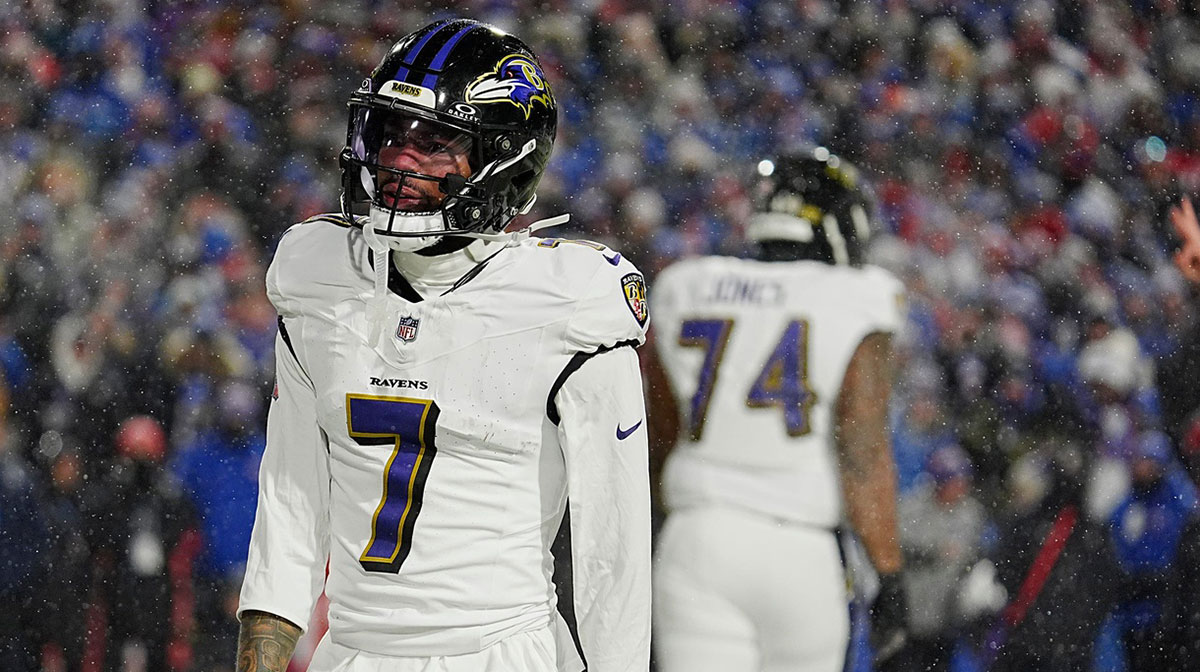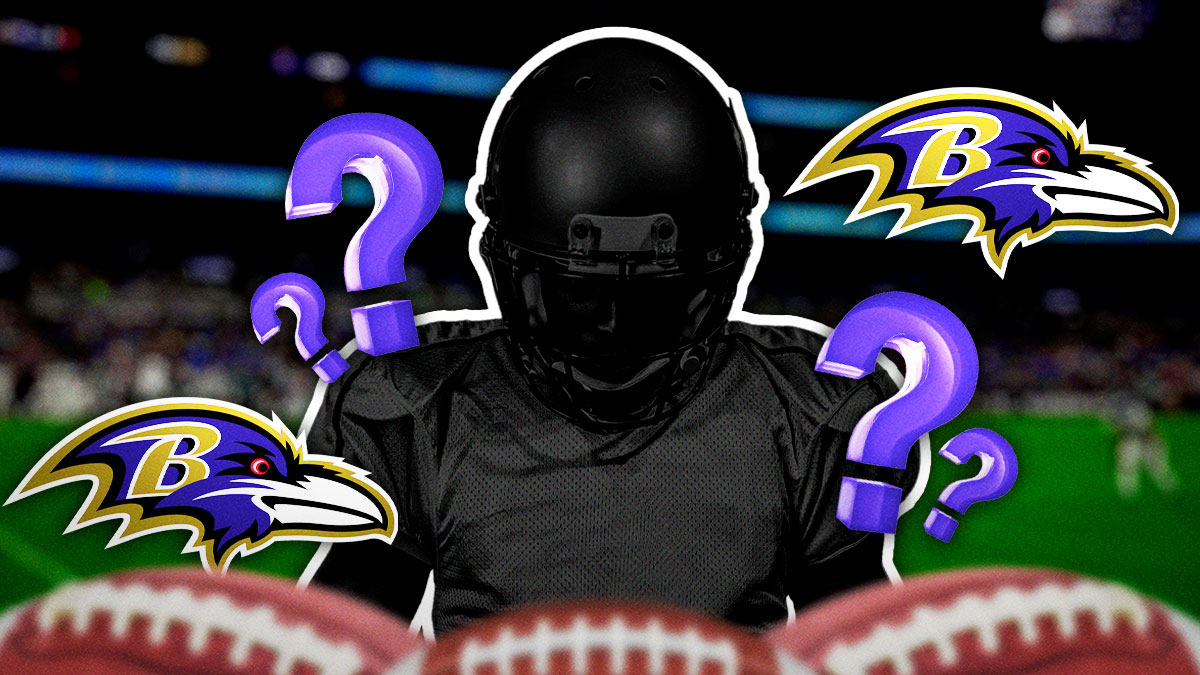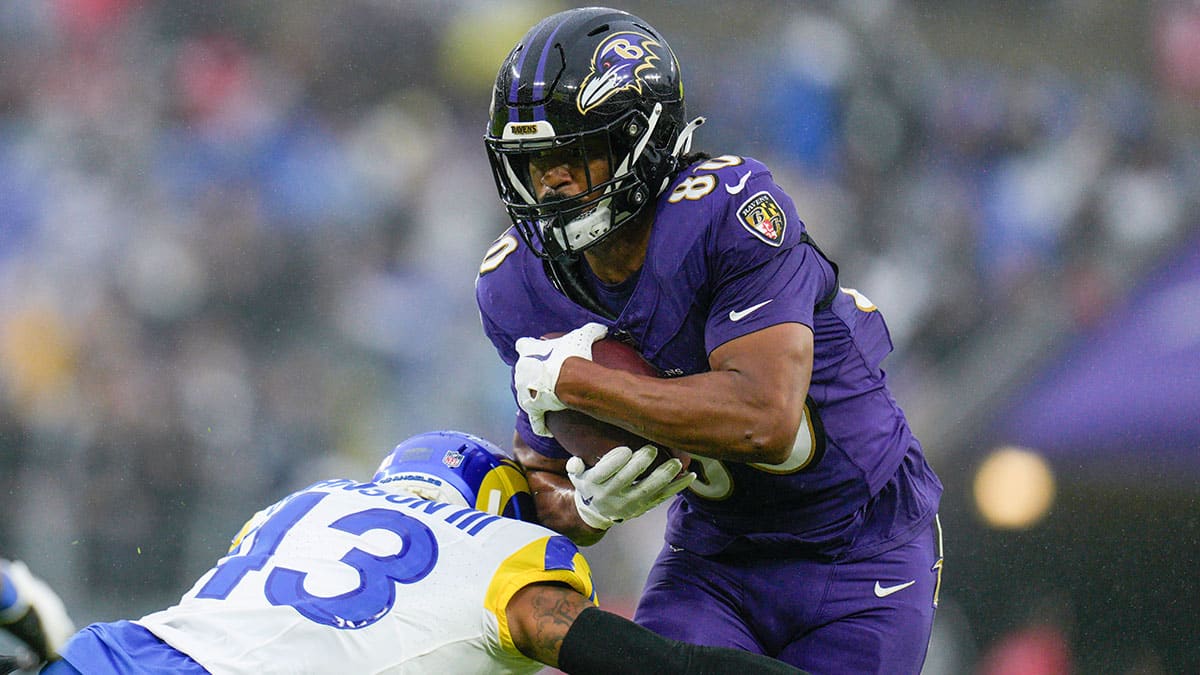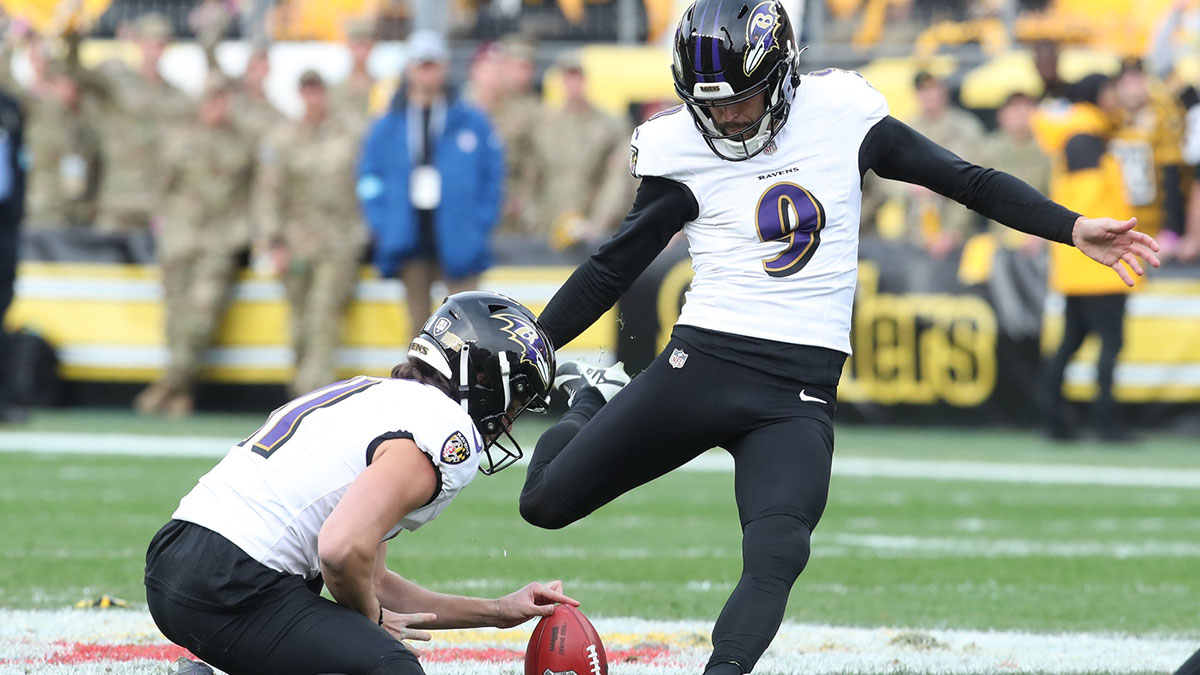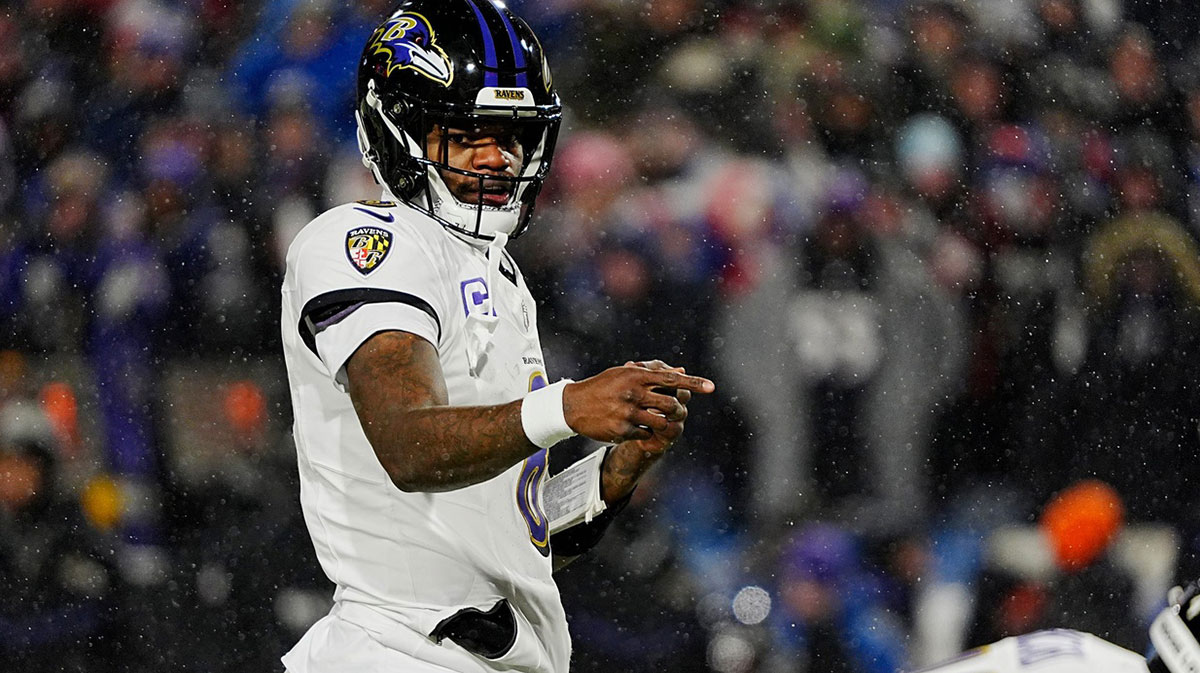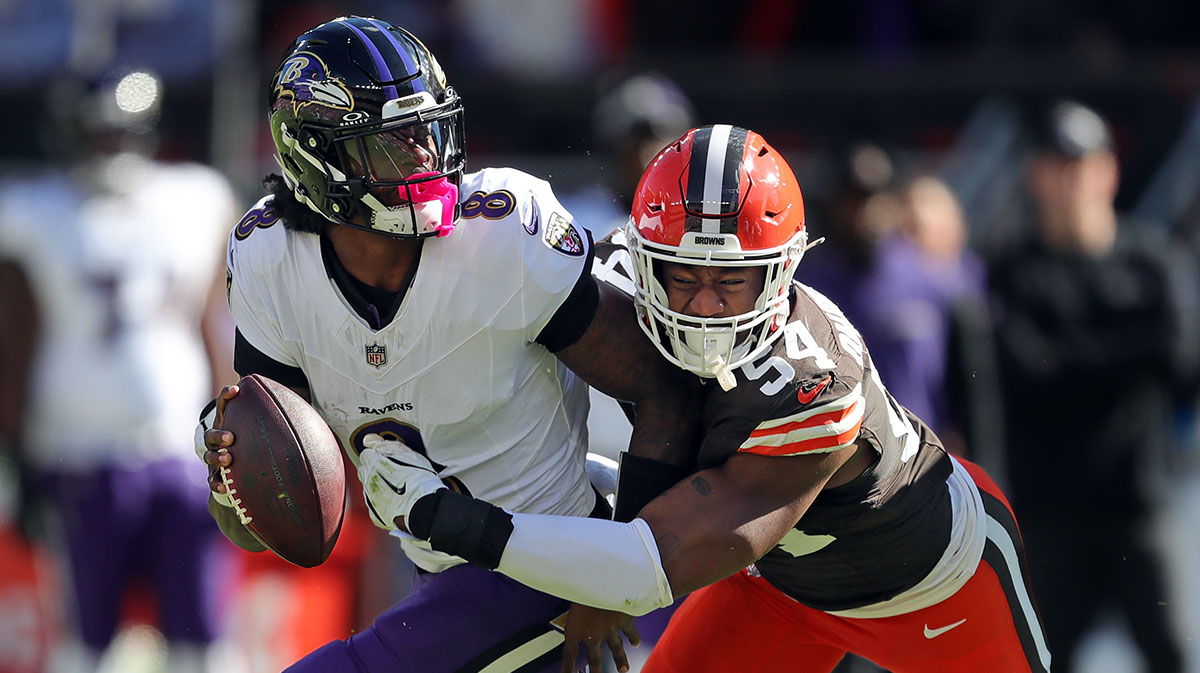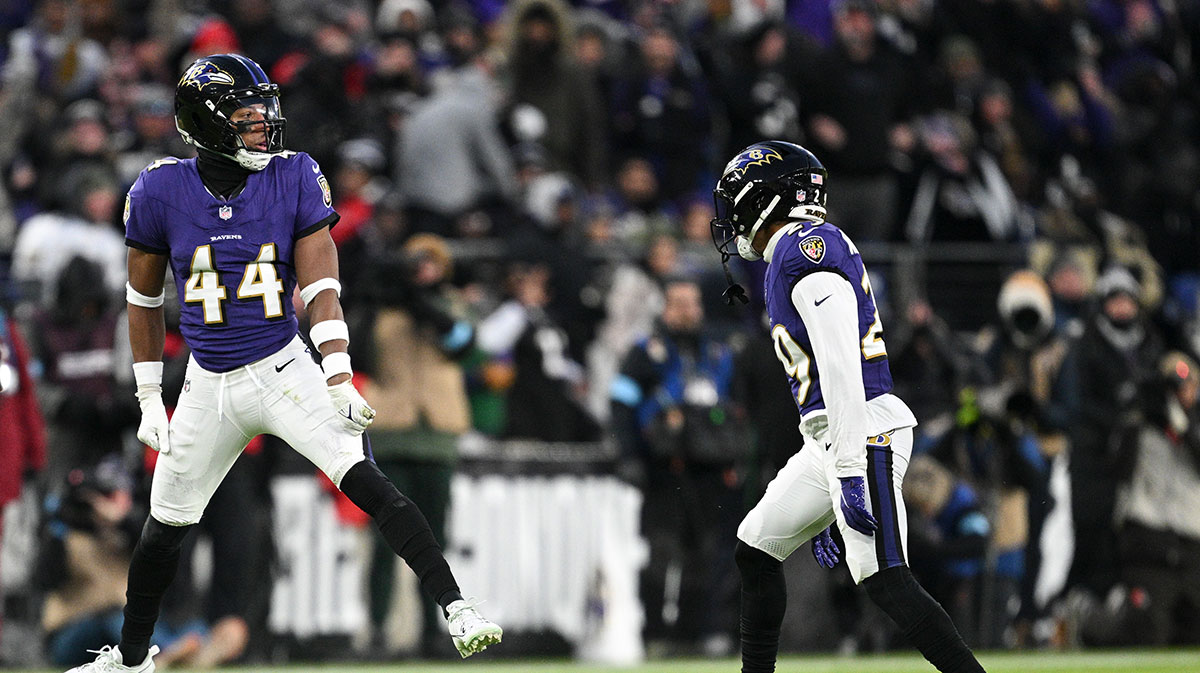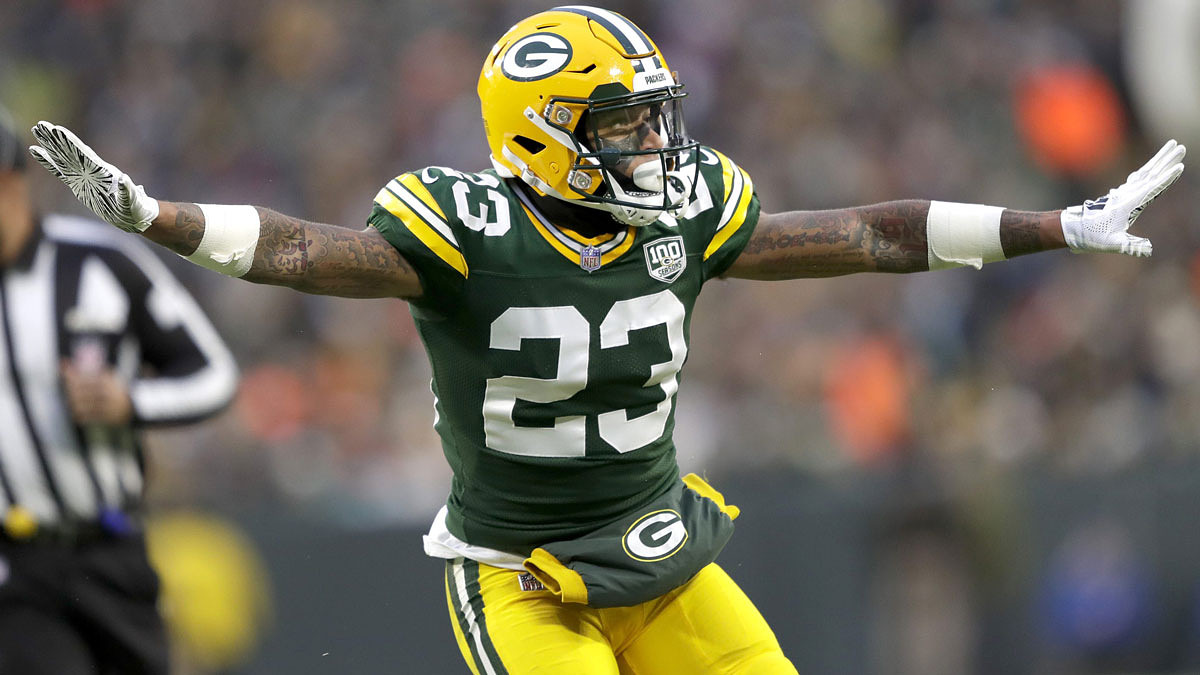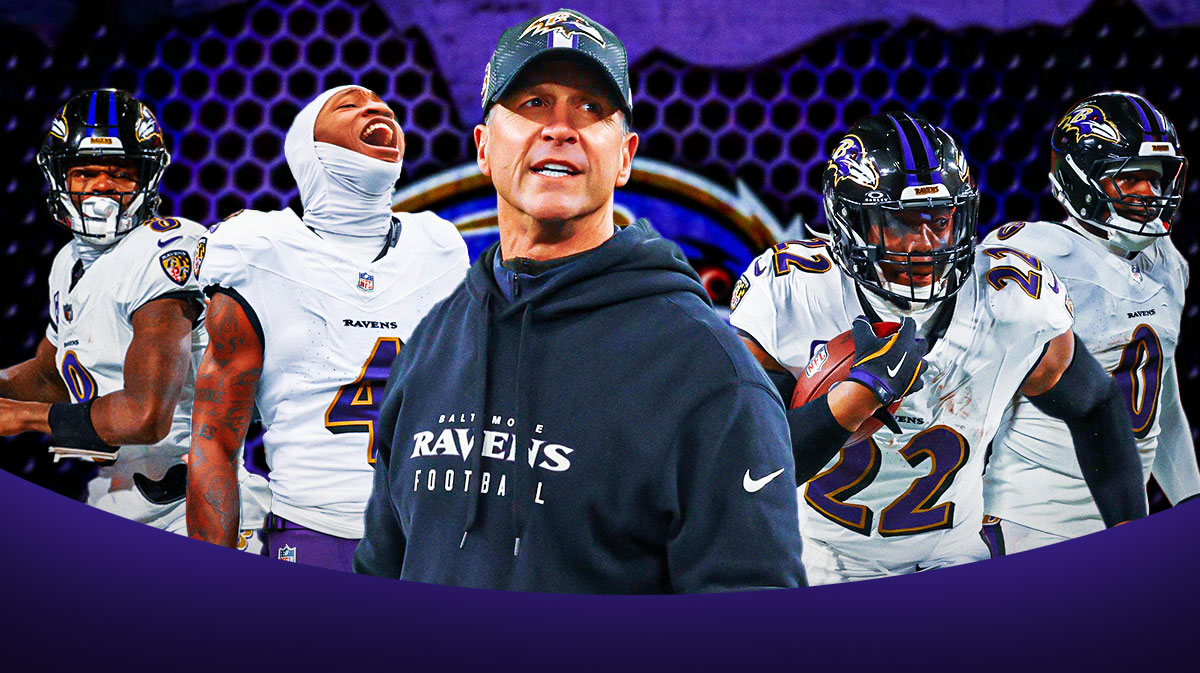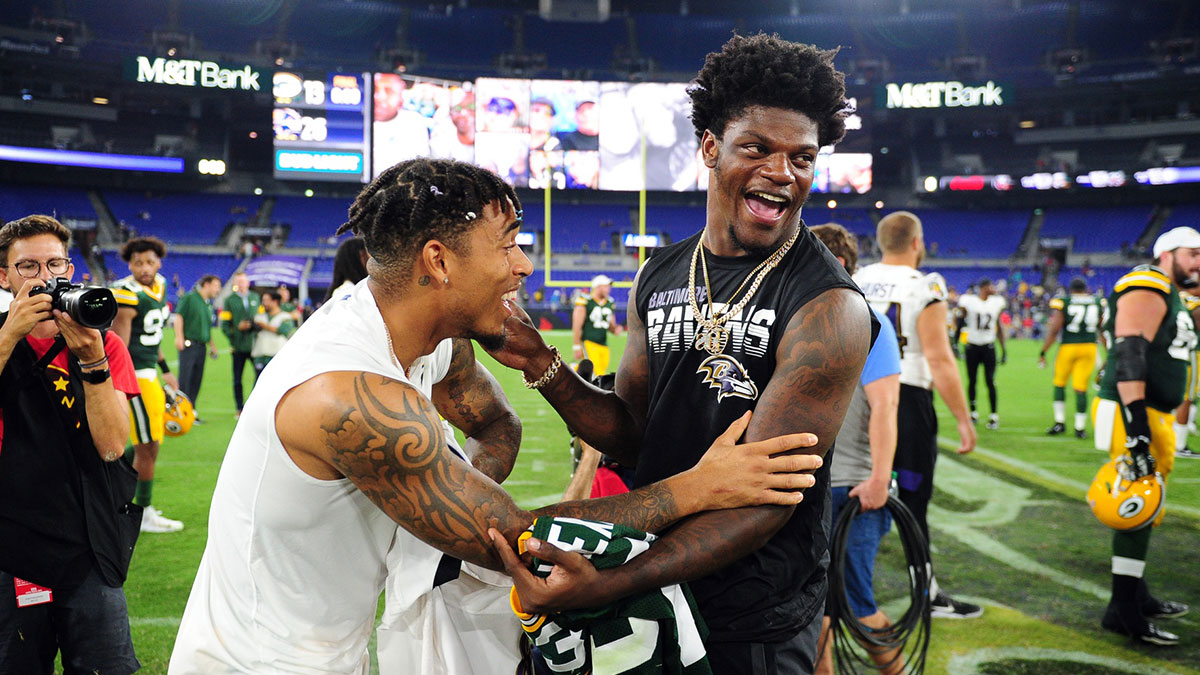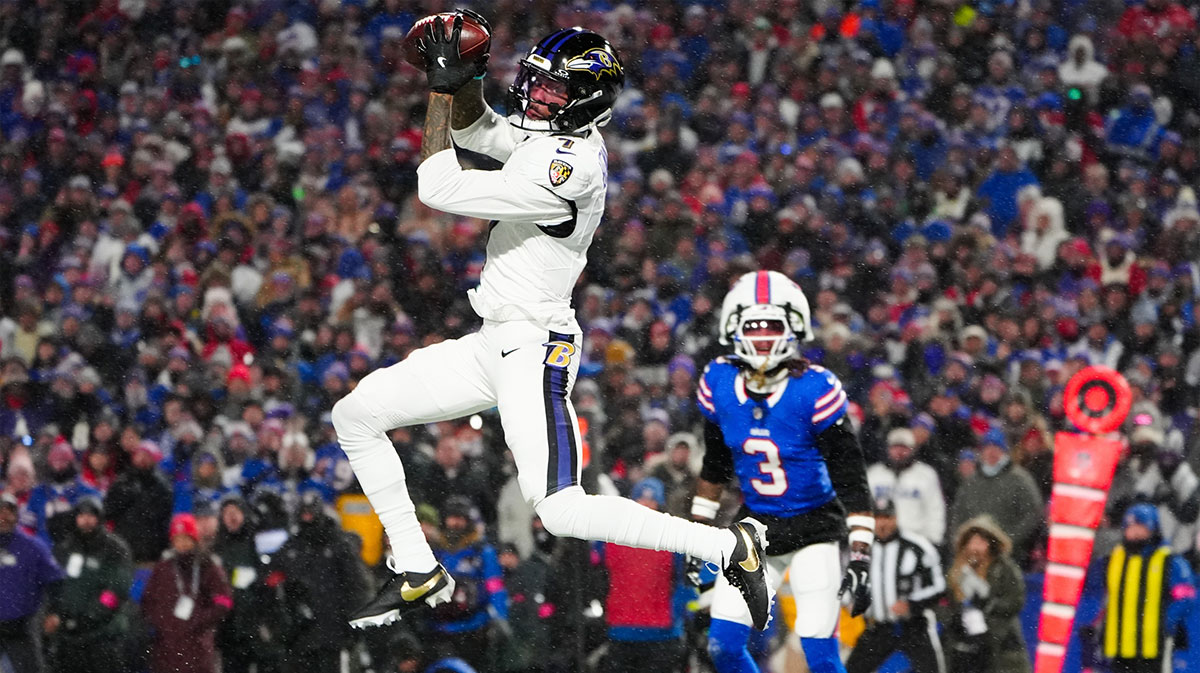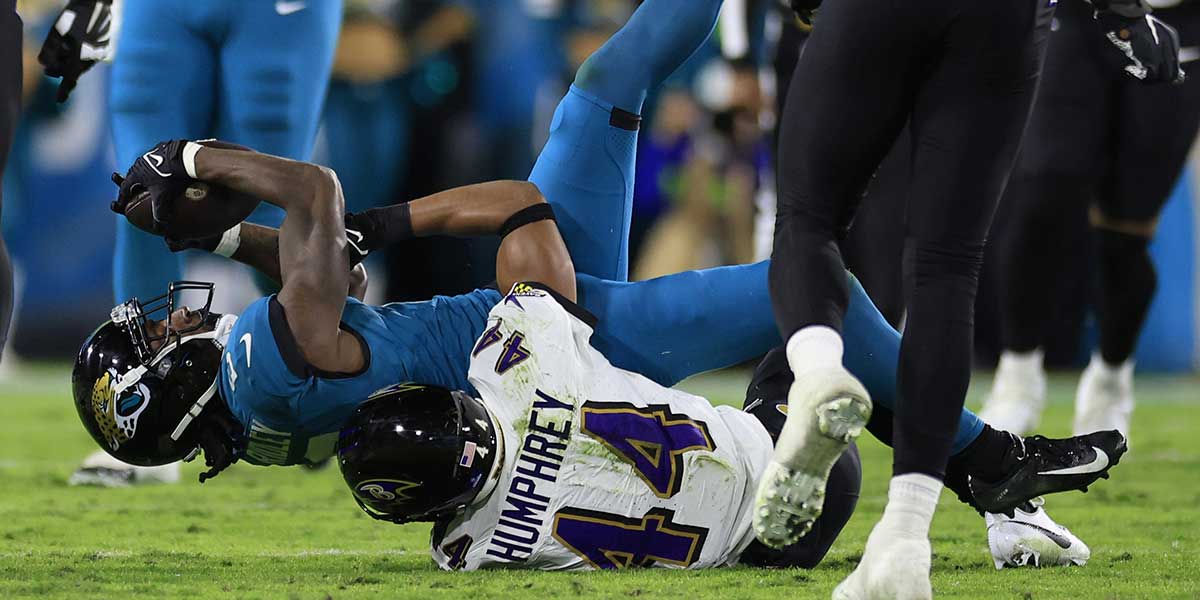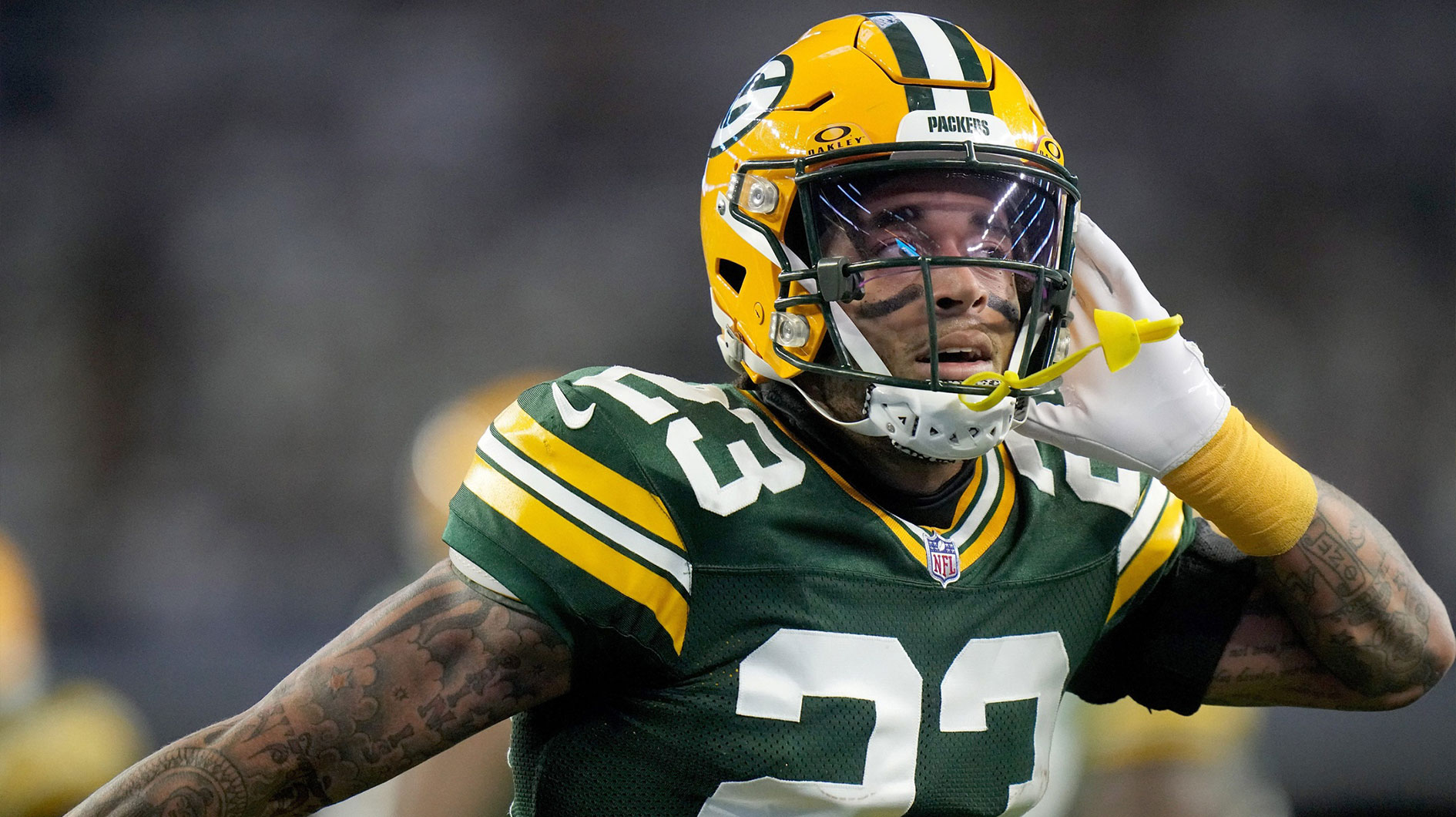After a successful 2020 regular season, the Baltimore Ravens were able to squeeze by the Tennessee Titans but ran into the buzzsaw that was the Buffalo Bills in the second round of the playoffs, ending their season. This team was quite impressive, but the offense is still devoid of an established pass catcher, something they have failed to address this offseason in a meaningful manner.
Led by quarterback Lamar Jackson, the Ravens were very inconsistent on offense and lacking firepower. Jackson was the leading passer and rusher in seven games of the ‘20 season, even with the likes of Mark Ingram II, Gus Edwards, and rookie J.K. Dobbins in the fold, and his receivers only produced three games of 100-plus yards, showcasing that they need more around Jackson.
Moving into this upcoming season, the Ravens will be hard-pressed to improve upon their 11-5 schedule, especially with how tough the AFC North division is becoming. With the Pittsburgh Steelers likely running it back with Big Ben Roethlisberger for one final season, the Cincinnati Bengals needing to see how healthy QB Joe Burrow comes back being after an ACL tear, and the Cleveland Browns coming off of a long-overdue postseason appearance, this division is wide open.
There have not been many big-money additions this offseason that truly pushes the needle for the Ravens, so relying on in-house talent seems to be the way they are going for the upcoming season. With that in mind, here are three players for Baltimore likely to produce at lower levels than last season.
Marquise ‘Hollywood’ Brown
Wide Receiver
Even without that big-ticket addition this offseason (Kenny Golladay, Allen Robinson, or Juju Smith-Schuster), Marquise ‘Hollywood’ Brown still ends up as a likely regression candidate for the Baltimore offense next season, based on one reason – Sammy Watkins.
While Watkins certainly is no real threat to Brown’s WR1 role that he currently holds on this team, his target share certainly will be receiving a knock to it, simply due to how unhelpful Watkins is in terms of hoarding targets.
As a member of the Chiefs, Watkins failed to reach the 500-yard mark last season, but he also only suited up for 10 games, so his health continues to be a factor in his productivity. What the Ravens needed was a solid complementary option to help keep Brown’s role in this offense established, yet bringing Watkins into the fold complicates things.
Unless the Ravens decide to go gangbusters and draft a bunch of wideouts in this draft, Brown will see Watkins as his focal competition for targets – expectations for the former Oklahoma Sooner have been too high since he entered the league, and while another year in an offense with Jackson certainly helps those expectations sustain, expect another disappointing season for Brown.
Patrick Queen
Linebacker
The lone defensive option on this list is linebacker Patrick Queen, who just completed his rookie season after becoming yet another exciting prospect from Oklahoma to be taken by the Ravens. Seen as a do-it-all option coming into the league with endless range, Queen’s acclimation to the league was quite a solid one, even if he did show some rookie learning curves.
106 total tackles, combined with three sacks, two forced fumbles, and one interception, and Queen was able to fill up the stat sheet manning the middle of the field for Baltimore. But while his rookie campaign was solid and having that first year under his belt should help accelerate his NFL career, things are not always that rosy.
In the final four games of the ‘20 season for the Ravens (including the postseason), Queen’s impact disappeared, as he put up two games of two total tackles and two games of four total tackles, a far cry from what made him stand out early on in the season. That fall off at the end of the year, combined with pretty much every element of this team’s defense returning, and you get an outcome that does not paint a picture of growth for Queen.
Outside of wide receiver and offensive tackle, the Ravens could choose to put linebacker at or near the top of their draft needs list, something that certainly would hurt Queen’s role. While he most likely would not lose his spot atop the depth chart, the likeliness of bringing in players to help shore up the ILB spot shows that the defensive staff is not necessarily fully sold on his ability to lead the defense (even though he has only been in the league for one full season), and with BAL’s window of competition currently wide open, their core of LBs need to match the promise that the offense currently holds.
Gus Edwards
Running Back
Even with the departure of Ingram this offseason, Gus Edwards is a regression candidate for this backfield, due to the staff’s obvious faith in the rookie Dobbins.
For Edwards, his role last year came on once the team moved on from using Ingram – Edwards took on a much larger role with the team at that point, and even with Dobbins taking advantage of his ever-growing snap count, Edwards was still the guy.
In the final 11 games of the season (including the postseason), Dobbins commanded nine games of double-digit carries compared to the five that Edwards earned over that same time frame. And even with Edwards earning 10 more carries than what Dobbins recorded (144 vs. 134), Dobbins came out ahead in the yardage and touchdown categories, 805 yards and 9 TDs versus 723 yards and 5 TDs.
With the efficiency numbers already siding with Dobbins to end last season, Edwards’ role will turn into an RB2 with high upside, as he would slot in as the third option in a run-first offensive attack. But buyer beware – Dobbins has seemingly done enough to earn the trust of the offensive coaching staff, which means bad news for the kind of established role that Edwards will have for 2021 and beyond.
Dobbins will naturally have slip-ups at times during the season, which will help keep Edwards relevant, and with the kind of run-first atmosphere their offense is, it will certainly keep Edwards as a factor, but determining the kind of established workload that he will get is hard to forecast at this point, making for likely regression.

